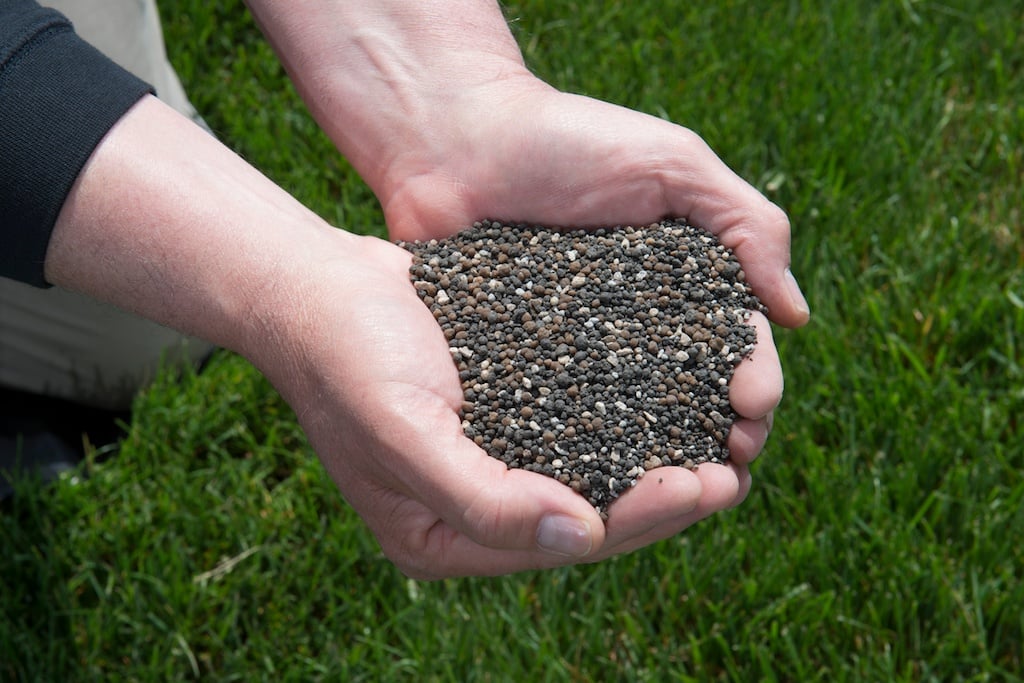
1. Fleas are excellent jumpers
While the average flea can jump a horizontal distance of 20 cm, there have been reports of fleas jumping as far as 50 cm. This depends largely on the species of flea. Dog fleas, for example, jump farther than cat fleas.
Fleas’ ability to jump is what makes them a threat to your pets. The flea uses its legs and shins to propel itself from the ground or blades of grass and jump onto its host. If that happens, fleas can eventually find their way into your home.
2. Fleas are tiny
Fleas are typically 1-3mm long, making them difficult to spot. Unfortunately, most people don’t realize they have a flea problem until it’s already an infestation. While fleas may start out on your pet, their eggs can break off and end up all over your lawn, spreading the problem. Just a few fleas can easily turn into a full-blown infestation.
3. Flea eggs take between 2 days and 2 weeks to develop.
Another fact about fleas is that their eggs hatch when environmental conditions are right for them to thrive. Flea eggs found in grass grow well in warm, humid climates and hatch in as little as two days. However, if the temperature is cold and the air is dry, the eggs may take up to two weeks to hatch.
4. Fleas reproduce like crazy
A female flea can lay up to 2,000 eggs in her lifetime. The flea life cycle begins when an adult female flea lays eggs after feeding on the blood of the host (i.e. your pet).

Females cannot reproduce without blood. Eggs are laid on your pet’s fur in groups of 20. The eggs rarely stay all on your pet, but fall off and end up on your lawn or even in your house.
5. Fleas can live a week without feeding
The average lifespan of fleas is usually between 2 and 3 months, although with a constant supply of food they can live up to 100 days. Without food, fleas only live about a week.
6. Fleas depend on blood throughout their lives
It’s gross, but true: Fleas are one of the few insects that rely on blood for their entire lives. Fleas live on their host and use their mouthparts to feed on blood through the host’s skin.
7. Fleas prefer animal hosts
There are different species of fleas, including cat fleas (Ctenocephalides felis) and dog fleas (Ctenocephalides canis), however, despite their names, cat fleas can affect dogs as well as a variety of other animals.

Dog fleas are most commonly found in Europe. If your dog or cat is showing signs of fleas (itching or sores), they most likely have cat fleas. While fleas can bite humans, it is extremely rare for them to live on the human body. They prefer the blood of your four-legged family members. If you have discovered flea bites, they are likely living on your pet.
8. Fleas prefer shaded, moist, and humid areas.
The truth is that most pets get fleas when they roam outdoors.
Many people wonder if fleas can live in grass. Yes, fleas do live in grass, but it is not their preferred environment. Fleas prefer outdoor areas that are shaded, moist, and humid. When these conditions are right, it is believed that fleas can thrive in grass.
The other problem is that many wild animals carry fleas. Raccoons, opossums, deer, coyotes, skunks, stray cats, and various rodents are common carriers of fleas and can deposit eggs and larvae in your yard.
Since fleas are excellent jumpers, it will be easy for them to make your pet their new host. That’s why it’s important to treat your lawn for fleas.
9. Spraying the lawn against fleas It also works against ticks and ants.
Using a lawn flea control This product, which also works against ticks and ants, will provide your family with a strong barrier of protection. While ants are more of a nuisance (but still not a good thing to have), ticks They are a pest that should be taken seriously considering they can harbor diseases such as Lyme disease and Rocky Mountain spotted fever.
A program that takes care of all of these pests at once is ideal.
10. Flea control in lawns It doesn’t last forever
Many people ask why they need multiple treatments if flea control products kill fleas. It’s important to recognize that while the first application will kill most of the fleas in your yard, even a few remaining fleas can begin to reproduce and start the cycle again. On top of that, you need to remember that wildlife can keep bringing new fleas into your yard.
This is why it is essential that each application of the product is based on the previous treatment, as the product begins to wear out over time.

Although these products are safe, they also do not last forever. You must continue spraying the lawn against fleas with a product that is environmentally responsible and safe for children and pets to play on. At Oasis, we conduct 4 rounds of Control of ants, fleas and ticks from late spring to early fall to cover the entire season of these pests.
Working with Lawn Pest Control Companies
 The truth is that treating your pet for fleas isn’t enough, although you should do that too. We always recommend following your veterinarian’s recommendations. However, since these pests can continually reach your lawn from outside sources, it’s a good idea to have the best protection possible. That means spraying your lawn for fleas.
The truth is that treating your pet for fleas isn’t enough, although you should do that too. We always recommend following your veterinarian’s recommendations. However, since these pests can continually reach your lawn from outside sources, it’s a good idea to have the best protection possible. That means spraying your lawn for fleas.
At Oasis Turf & Tree, our ant, flea and tick control program will take care of most of these pests so you can put your worries to rest and feel confident that your family members, including the four-legged ones, are fully protected. This will allow you to get back to enjoying your lawn instead of worrying about what’s crawling around in it!
If you would like to learn more about our Pest control services For your home in Cincinnati, Dayton, Ohio or Northern Kentucky, call us at 513-697-9090 or Get your online quoteand help us find the program that’s best for you, then sit back and relax.
Image source: Flea


/cdn.vox-cdn.com/uploads/chorus_asset/file/24139110/226372_Echo_Dot_Clock_5th_Gen_J_0007.jpg)





